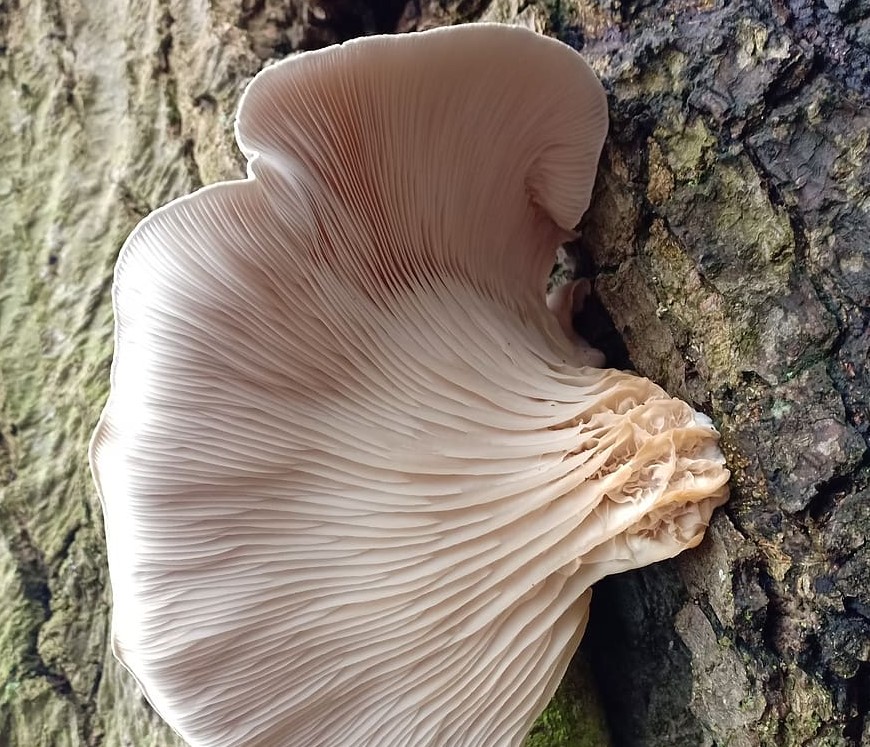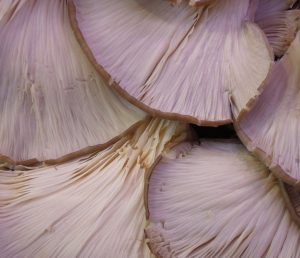
Unraveling the Mystery of Fuzzy Oyster Mushrooms
In this article, we will delve into the intriguing world of oyster mushrooms and explore the question that has left many curious minds puzzled: Are oyster mushrooms supposed to be fuzzy? As expert SEOs and seasoned copywriters, we understand the importance of delivering high-quality content to outrank other websites. So, let’s cut to the chase and provide you with the most comprehensive and detailed information on this captivating subject.
What Are Oyster Mushrooms?
Oyster mushrooms (Pleurotus ostreatus) are a delightful delicacy in the culinary world. These edible fungi are known for their unique appearance, often resembling oyster shells, which is how they get their name. They come in various colors, including grey, white, and even pink, and are widely enjoyed for their delicious taste and nutritional value.
Understanding the Fuzzy Texture
Now, let’s address the question that has intrigued many mushroom enthusiasts – the fuzzy texture of oyster mushrooms. The short answer is yes, oyster mushrooms are indeed supposed to be fuzzy, but there’s more to it than meets the eye.
1. Natural Growth Pattern
The fuzziness you observe on oyster mushrooms is a natural part of their growth process. When these mushrooms start to develop, they form tiny hair-like structures known as mycelium. Mycelium serves as the vegetative part of the fungus and plays a vital role in the decomposition of organic matter.
2. Environmental Factors
The degree of fuzziness on oyster mushrooms can also be influenced by environmental factors. Humidity, temperature, and air circulation can all impact the growth and appearance of these fungi. Higher humidity levels may result in more pronounced fuzziness, while drier conditions could lead to a smoother appearance.
3. Culinary Impact
The fuzzy texture of oyster mushrooms doesn’t affect their taste or edibility. In fact, these mushrooms are highly valued for their delicate, velvety texture, which adds a pleasant contrast to various dishes. When cooked, oyster mushrooms develop a tender and meaty consistency that makes them a popular ingredient in countless recipes.
Are Fuzzy Oyster Mushrooms Safe to Eat?
Absolutely! Fuzzy oyster mushrooms are not only safe to eat but also a delectable addition to your culinary ventures. As with any mushroom, it is essential to ensure that you source them from reputable suppliers or expert foragers to avoid any potential risks associated with consuming wild mushrooms.
Cultivating Oyster Mushrooms
If you’re intrigued by the world of oyster mushrooms and want to experience the joy of cultivating them yourself, we’ve got you covered! Here’s a brief overview of how you can grow these delightful fungi at home:
1. Gather Supplies
To get started, you’ll need oyster mushroom spawn, a substrate (usually a mixture of straw and sawdust), and a suitable container.
2. Prepare the Substrate
Mix the oyster mushroom spawn thoroughly into the substrate and moisten it to achieve the right level of humidity.
3. Allow Colonization
Place the substrate in a container and cover it to create a humid environment. Oyster mushrooms thrive in darkness, so ensure the container is kept away from direct sunlight.
4. Provide Proper Ventilation
While oyster mushrooms love humidity, they also require proper air circulation. Make small holes in the container’s lid to allow air exchange.
5. Harvesting
Within a few weeks, you’ll notice beautiful oyster mushrooms sprouting from the substrate. Harvest them by cutting the stems close to the base when the caps are fully grown but not yet uncurled.
Read:
- Difference between Abalone Mushroom and Oyster Mushroom
- Difference Between Lentinellus Ursinus and Oyster Mushroom
- Difference Between Angel Wing And Oyster Mushrooms
In Conclusion
Oyster mushrooms are indeed supposed to be fuzzy due to the natural growth pattern and various environmental factors. This delightful fungus is not only safe to eat but also a versatile ingredient in the culinary world. Cultivating oyster mushrooms can be a rewarding experience for any food enthusiast, adding a touch of freshness and flavor to your dishes.










